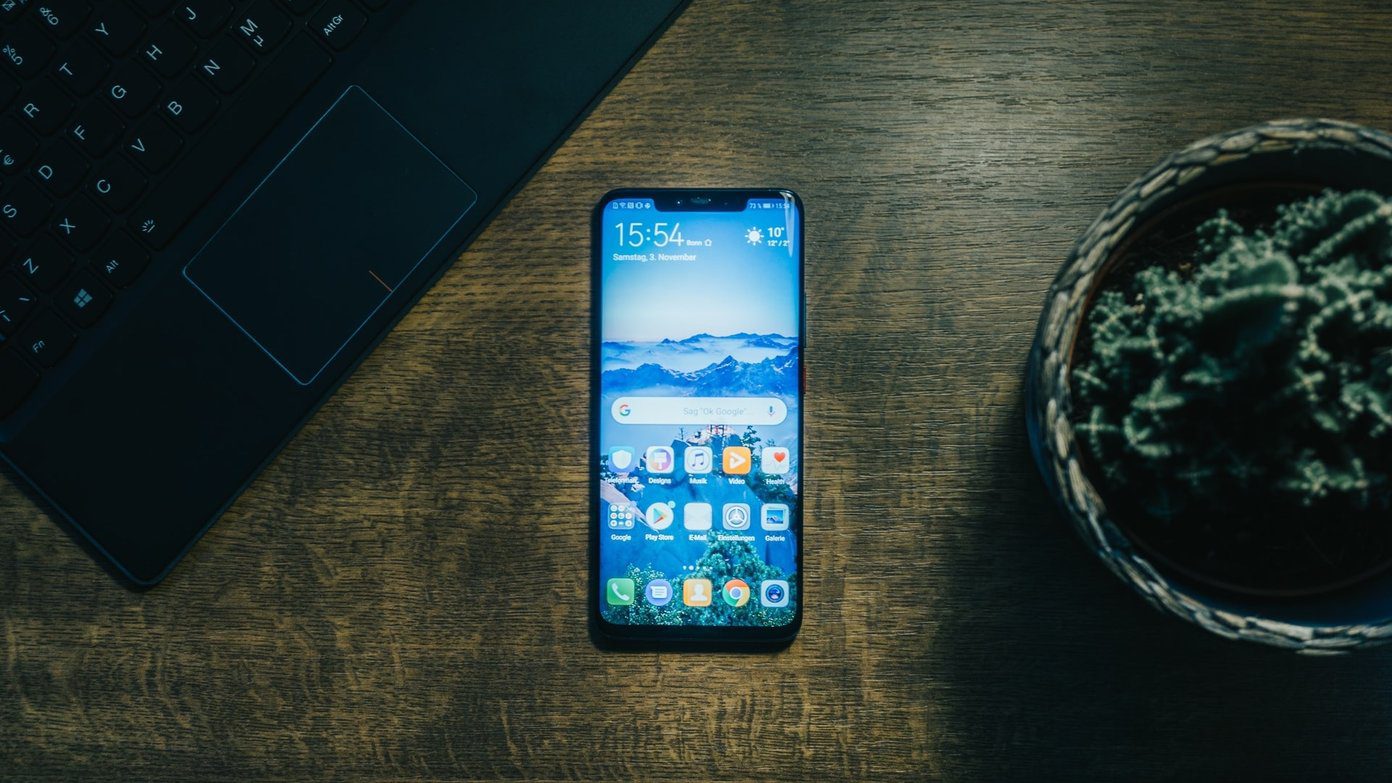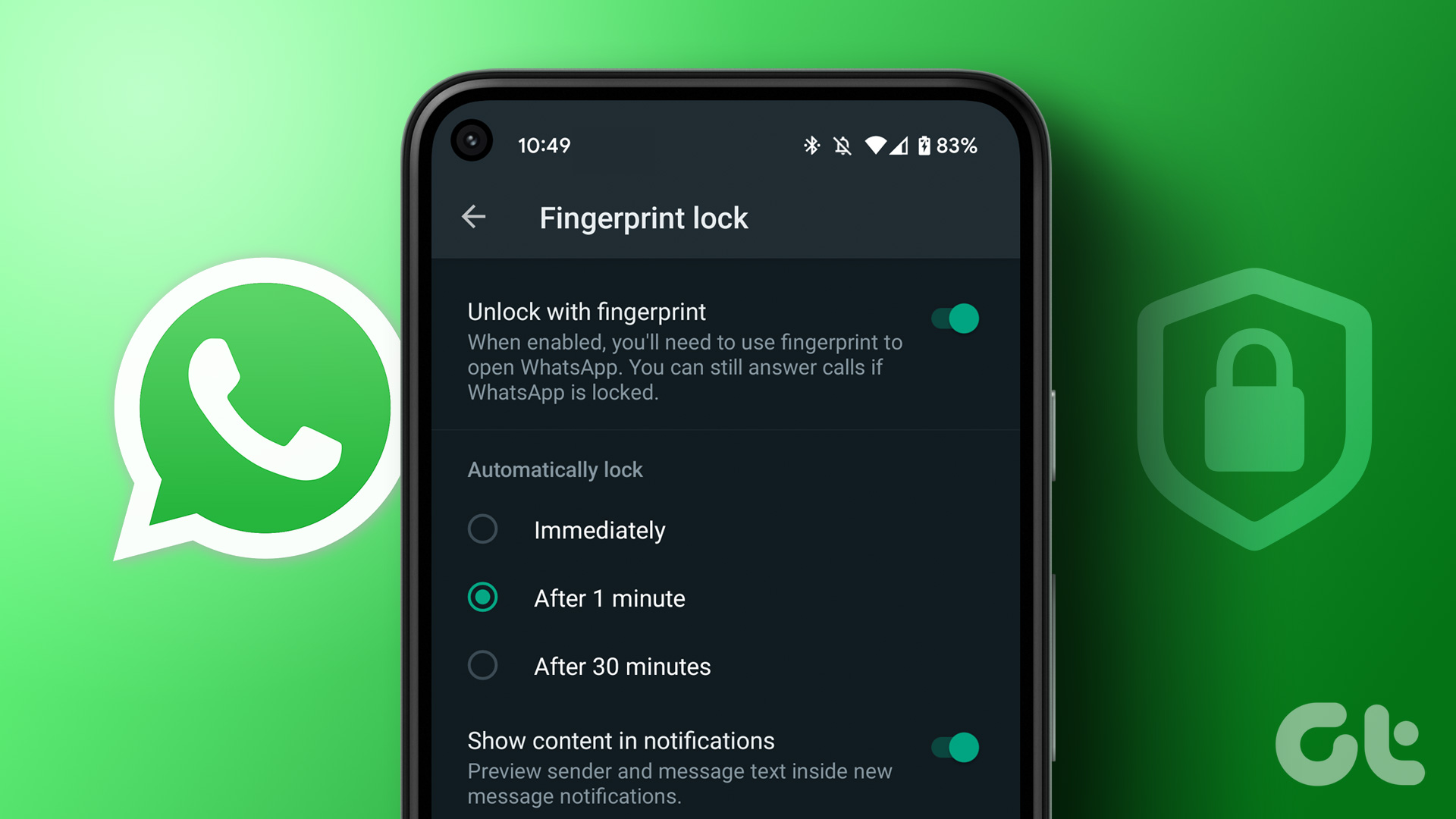27 billion messages in one day (yes, that’s billion with a ‘b’) so that should remove any doubts you might have about its popularity. WhatsApp has actually become the de facto text messaging tool for many. ‘Whatsapp me’ is the new ‘text me’ it seems. If WhatsApp is how you communicate with others most of the time then it must have become a big repository of your conversations, both important and trivial. You might want to password-lock it to hide it from prying eyes or your wicked friends. Cool Tip: Learn how to compress videos to send via WhatsApp. WhatsApp doesn’t come with a default way to lock it with a password (it should if you ask me). But Android users need not worry, because there are apps for that! (iOS users, no pun intended). Let’s take a look at two such apps today.
1. WhatsApp Lock
WhatsApp Lock can help you secure your WhatsApp with a 4-digit PIN. The interface is easy to understand and the system is quick to implement. After you download and install it, you should see an Enter your PIN screen. After you set the PIN, on the next screen you’ll have to first turn it on through the slider at the bottom. Once you do that, you should see an option to Autolock Time. This allows you to set a timer for auto-locking WhatsApp with the password. The maximum time for which it can be set is 15 minutes. I’d suggest you set an auto-lock time of 2 to 4 minutes. That should serve as a balance between annoyance and protection. You may change the PIN too. But the 4-digit PIN is the only way to set a password. You cannot set a pattern lock or a password longer than 4 digits. But other than this small caveat, I found the app to be quite good. It worked flawlessly in my tests, locking WhatsApp instantly when it should have. Also, despite being a free app, the adverts during its setup are few and do not come in the way of the options. Overall, an impressive app to lock WhatsApp.
2. Lock for WhatsApp
Lock for WhatsApp is another app to password-protect WhatsApp and the major difference between this one and the one we’ve discussed above is that this offers a way to set a pattern as the password for WhatsApp. After you set the pattern lock, you also have the choice to set up a conventional number or alphabet based password. But after that, there comes a step which could well be a deal-breaker for many. It asks you to accept a license agreement which clearly states that the app will add a bookmark to your browser, modify its homepage and an icon on your homescreen to perform searches. This is how the app makes money, and you can use it only if you agree to these terms. Once you accept the agreement, you can access the settings screen where the lock can be enabled and the type of password can be chosen. In my tests, this app showed some lag while locking WhatsApp. I could get a glimpse of the contacts and chats before it locked it.
Final Word
Overall, the first app in the list (WhatsApp Lock) is the clear winner. It has a better interface, doesn’t ask you to agree to install needless icons and performs better. The only reason you might want to go with the second one is if you prefer pattern lock as a password and willing to ignore a slight hiccup in performance for that. Top Image credit: abulhussain The above article may contain affiliate links which help support Guiding Tech. However, it does not affect our editorial integrity. The content remains unbiased and authentic.











![]()





